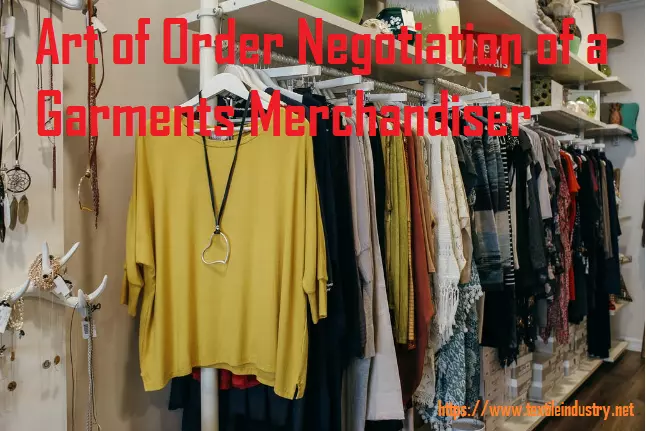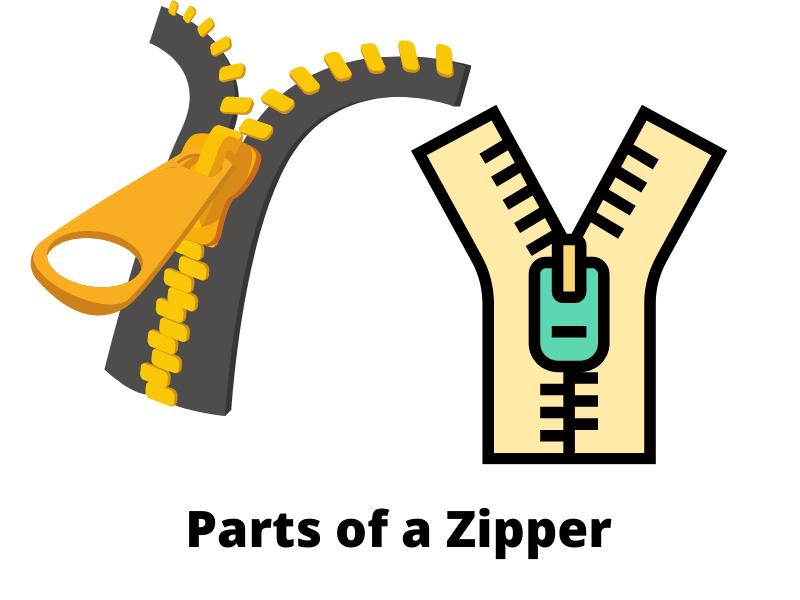Garment marketing and merchandising present a unique problem because of the ever-changing nature of fashion and the difficulty of predicting consumer demand. The fashion world is famous for its fast-moving, style variation, product uniqueness, do-or-die success, or failure rate. With a need to respond quickly to consumer purchasing, sophisticated processes are required for quick decision-making that will support the fashion marketers and merchandisers in satisfying the customer. To accommodate all changes, it’s always a tough call between customers and manufacturers to come to a point of price and delivery agreement. Merchandisers owe huge responsibility to manage this area.
Order negotiation has been a challenging task nowadays because of the competitive price, high global competition, and cost. The garments manufacturer business mainly depends on the price they get from the buyer and the order volume.

- Orders that have been sent to factories will be negotiated for the price, delivery, quality, etc. The order negotiation between the buyer and the manufacturer is not always an easy task. The buyers are always trying to get these garments made at very low prices whilst the manufacturers are hoping they will get at least a few cents more than what they got last time for a similar style.
- The buyer always has a target price for the merchandise they hope to buy. They already finished their homework and are fully aware of the market price for the particular type of garment. Therefore, they will do their best to buy the garments below the target price or at their target price. We should not forget the world is full of garment manufacturers and suppliers, so there is always an alternative for anything. The buyer will certainly move to another manufacturer or country if they fail to buy at his price.
- On the other hand, the manufacturers will promise the best quality and prompt delivery to convince the buyers to pay extra money for their merchandise. It is rather very difficult to convince a buyer to pay more than his target price, but it may be possible to do so if the company has a good relationship with the buyer or if the company has a very good reputation for excellence in time delivery and quality performance. In other words, a good image should do the trick, and it takes time to get a good image and sustain with reputation.
- Another thing is, that a customer keeps multiple options of vendors for the same category product. If one vendor agrees at a lower price than regulo because of their dull season going on, customers take back orders from other vendors and give them to a lower price vendor.
While order negotiation, the merchandiser has a very important role. Some factors to be a good negotiator during costing –
- Product knowledge
- Raw material price – fabric, trims, packaging, etc.
- Factories overhead cost
- Cost of making for a particular style
- Consumption
- Approximate productivity and efficiency
- Proper product Engineering
- Price consistency and sustainability.
- Market Intel
- Product quality Level/ Brand Value
- Minimum Lead time
- Most Importantly – give options.
The important point to consider, if the quoted price is significantly low, the buyer might anticipate that the factory is not capable of manufacturing the goods with the required quality. Too low a price can sometimes be a boomerang and would rather reflect badly on the factory. We are in the era where prices are at rock bottom but still there is a minimum price that is offered by the buyer. Anything below means poor-quality merchandise.


